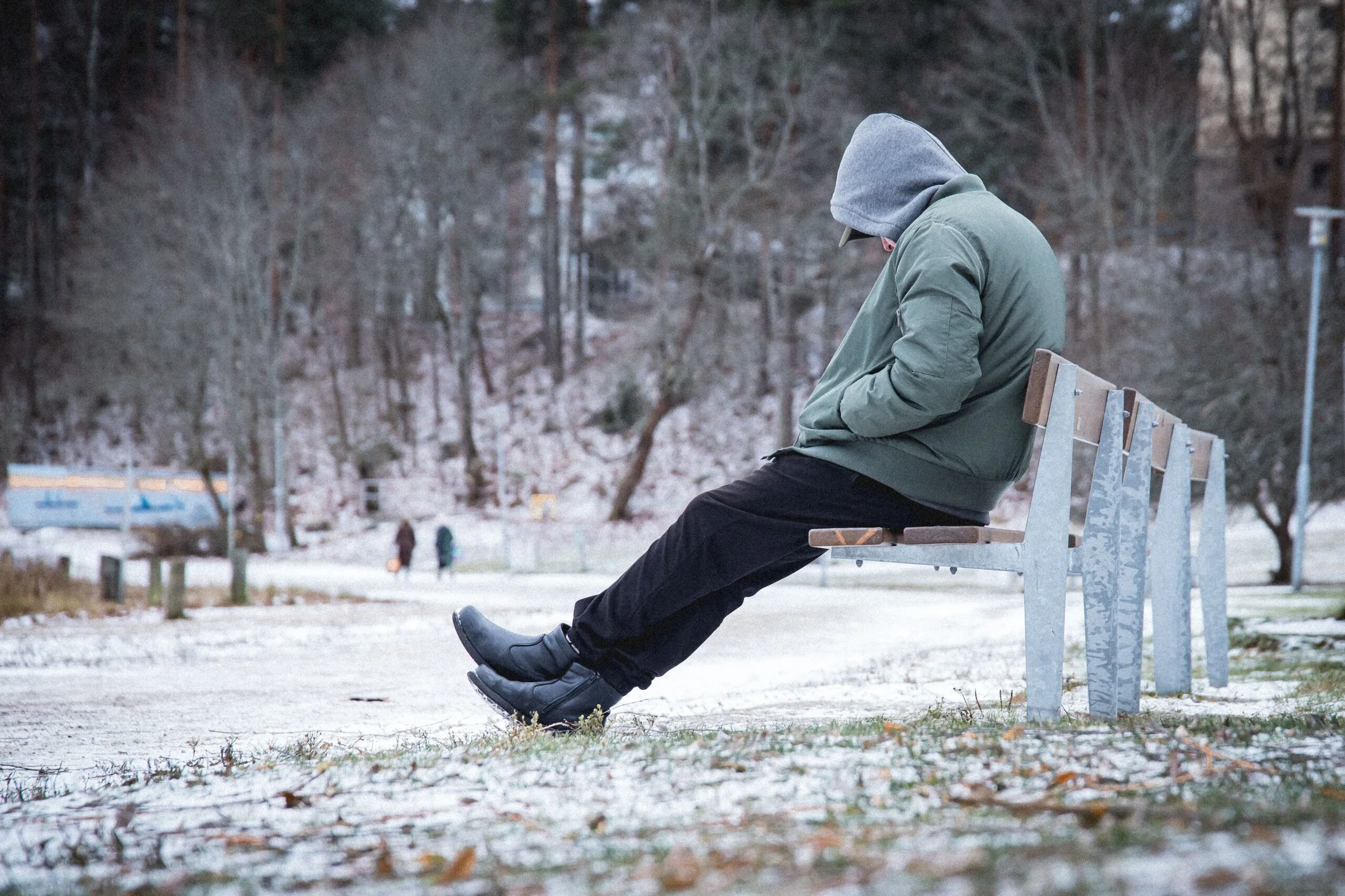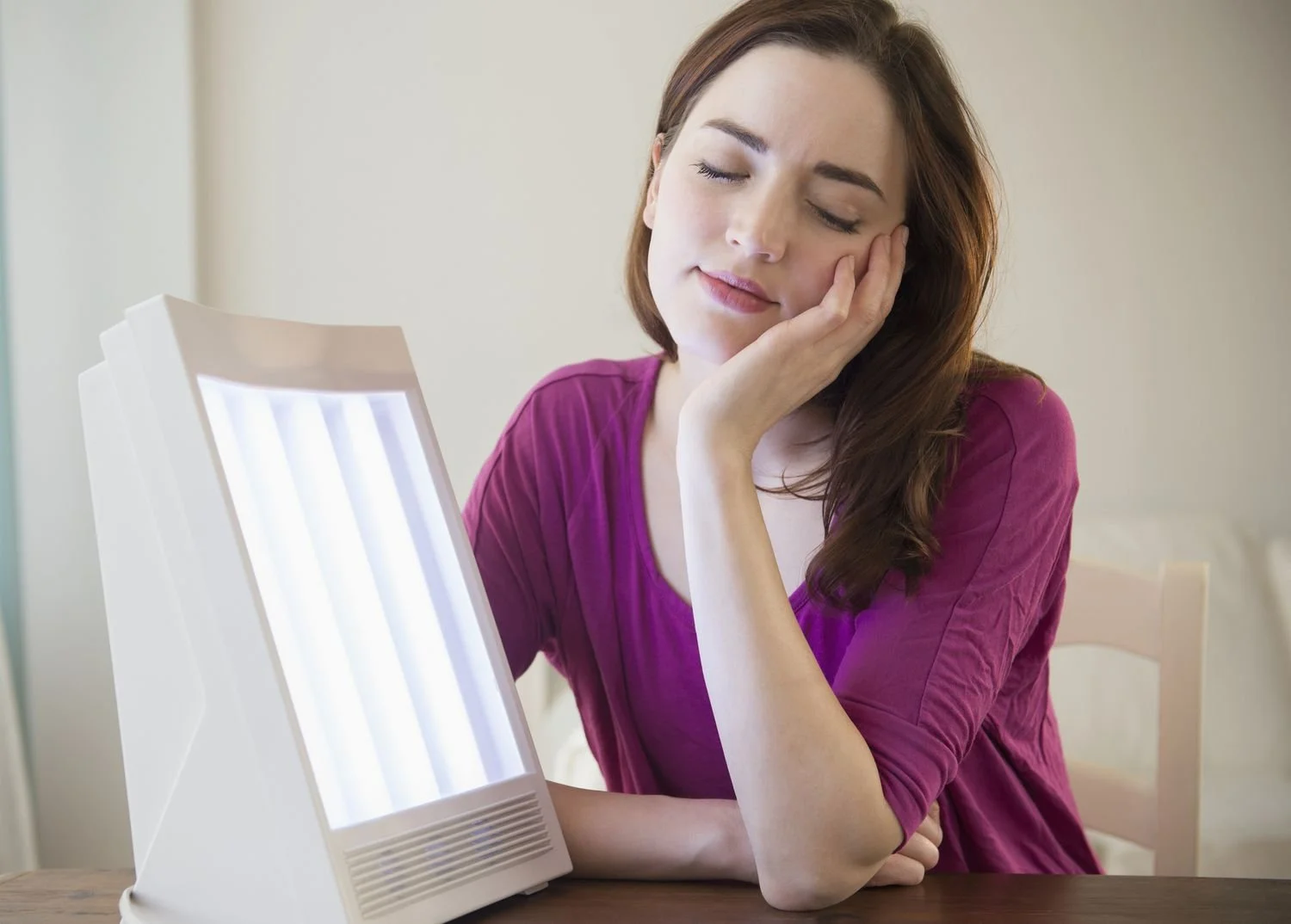🍂 Why You Might Feel Different This Time of Year.
Understanding Seasonal Affective Disorder
As the days grow shorter and the air turns colder, many people notice their energy dipping and their mood shifting. For some, this isn’t just a case of the “winter blues.” It may be something more — a real and recognized condition called Seasonal Affective Disorder (SAD).
🧠 What Is Seasonal Affective Disorder?
Seasonal Affective Disorder is a type of depression that follows a seasonal pattern, typically starting in the fall or winter and improving in the spring when sunlight returns.
It’s caused by changes in light exposure that affect your body’s internal clock and brain chemistry. With fewer hours of daylight, your body produces less serotonin (a mood-regulating chemical) and more melatonin (the hormone that helps you sleep). This imbalance can lead to fatigue, sadness, and loss of motivation.
⚠️ Common Signs and Symptoms
SAD shares many symptoms with other forms of depression, but the seasonal timing sets it apart. You might notice:
Feeling persistently sad or low
Loss of interest in things you usually enjoy
Sleeping more than usual or having trouble waking up
Low energy and constant fatigue
Changes in appetite (especially craving carbs or sweets)
Difficulty concentrating
Feeling hopeless or withdrawn
If these symptoms appear around the same time each year and last for weeks, it could be SAD.
💡 Why This Happens
Researchers believe the lack of sunlight affects brain chemicals tied to mood and sleep. Studies show:
Reduced light disrupts the circadian rhythm, your body’s internal clock.
Less sunlight lowers serotonin activity, which can affect mood regulation.
Increased melatonin production can make you feel sluggish and sleepy.
Low vitamin D levels, common in darker months, may also contribute to depressive symptoms.
These biological changes can make winter months particularly challenging for some people.
🌤 How to Feel Better
The good news: SAD is treatable. Several approaches have proven effective in research and clinical practice:
Light Therapy (Phototherapy)
Using a light box that mimics natural daylight for 20–30 minutes each morning can help restore balance to your internal clock and boost mood-regulating chemicals.
Talk to an Expert
A psychiatrist, therapist, or mental health provider can help you understand your symptoms, rule out other causes, and develop a personalized treatment plan. You don’t have to navigate these feelings alone — support and effective options are available.
Cognitive Behavioral Therapy (CBT) helps identify and reframe negative thoughts while encouraging healthy routines — shown to be as effective as light therapy.
Lifestyle Adjustments
Get outside for brief walks during daylight hours.
Maintain a regular sleep routine.
Stay physically active — exercise increases serotonin and endorphins.
Eat balanced meals rich in whole foods and omega-3s.
🫶 When to Seek Help
If you’ve been feeling unusually down, tired, or unmotivated for more than two weeks — especially if it’s a pattern that repeats each year — it’s important to reach out for professional help.
You don’t have to wait until spring to start feeling like yourself again. With the right care, SAD is manageable, and brighter days are absolutely possible — even during winter.
🌈 A Final Note
Feeling off this time of year doesn’t mean you’re weak or “just need to cheer up.” It’s a valid, biological condition that many people experience.
At Center for Mental Wealth, our team of mental health professionals is here to help you navigate seasonal challenges and improve your well-being. Schedule an appointment today and take the first step toward feeling like yourself again. 💜




